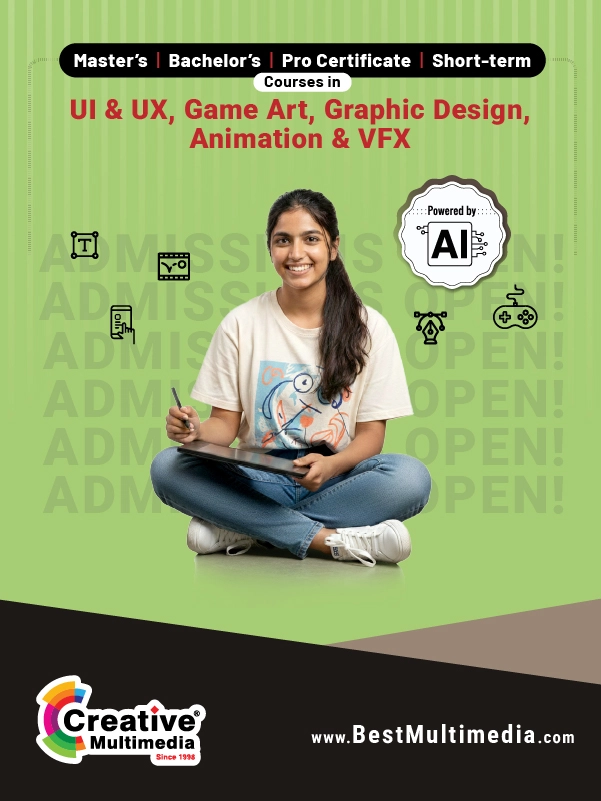What is the importance of Internship in a career program?
Do the best degree colleges in Hyderabad and other cities across the country apart from influential institutions such as universities in India arrange internships for students?
In the quest for fresh talent from colleges, employers prioritize candidates who have undergone internship experiences. This preference stems from the fact that interns possess employable skills and can seamlessly integrate into the workforce, thereby enhancing the employer’s productivity while saving crucial time, costs, and resources associated with training newcomers.

Internships, typically extended to undergraduates on a part-time, paid, or voluntary basis for a duration ranging from 1 to 3 months, are invaluable opportunities. They occur either during academic breaks or at the conclusion of a semester. Although intern roles often entail basic tasks and occasional errands, they offer significant exposure to the professional realm. This exposure facilitates a smoother transition from academia to the workplace by fostering familiarity with industry dynamics and office environments before formal employment commences.

In today’s competitive job market, standing out among peers is imperative, making internship experiences pivotal, especially with pathways such as Animation and VFX courses and other multimedia courses and creative arts-related programs; these programs lead to job roles that demand practical exposure. Employers frequently prioritize their own pool of interns when recruiting, as these individuals have demonstrated capabilities and familiarity with the organization.
Benefits of Internships:
- Exposure to industry practices enhancing competitiveness in the job market
- Potential job offers stemming from exceptional performance during internships
- Informed career decisions facilitated by prior workplace familiarity
- Establishment of valuable professional networks, providing a career edge
- Validation of competence through internship experience letters during job interviews
- Exploration of career paths through practical field exposure
- Enrichment of academic learning with real-world knowledge and skills
Internship Application:
Leading universities and colleges in India facilitate internships through their placement cell. Alternatively, students can directly approach companies of interest or respond to internship advertisements.

